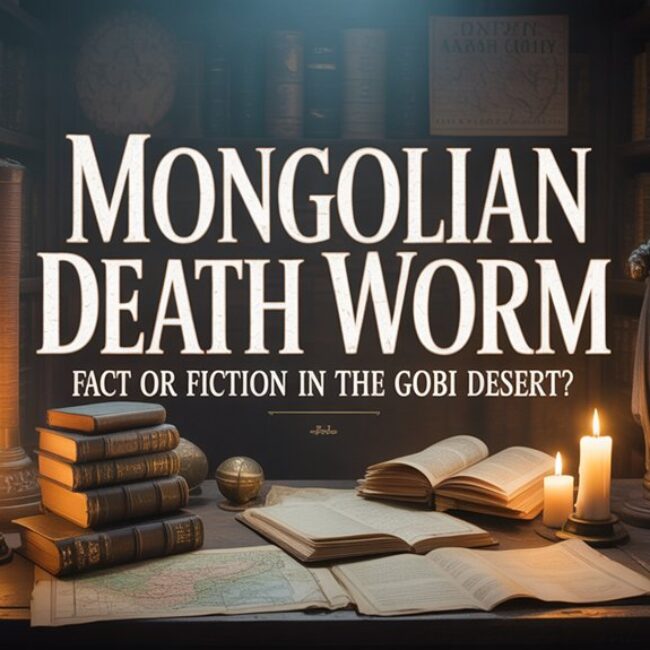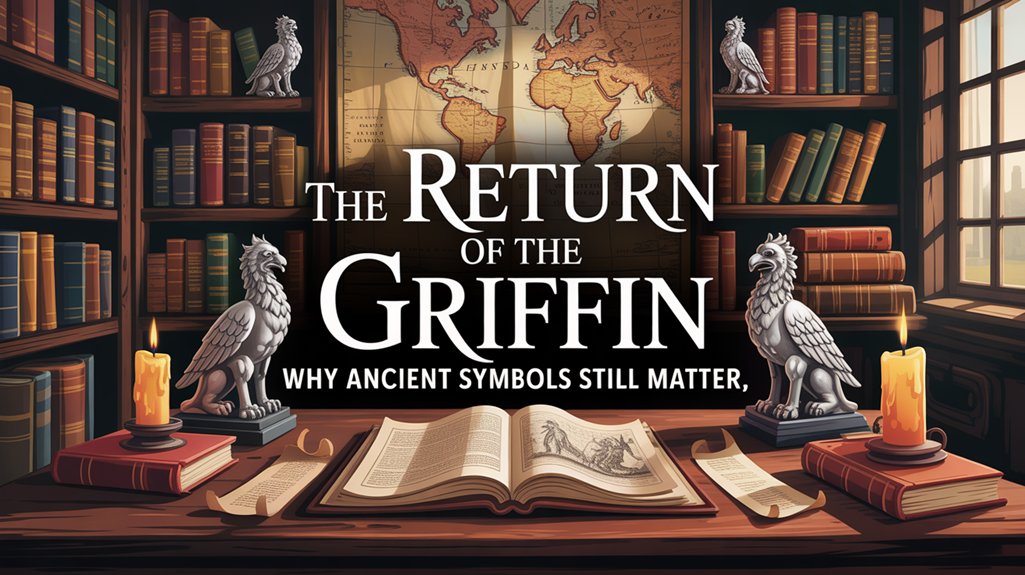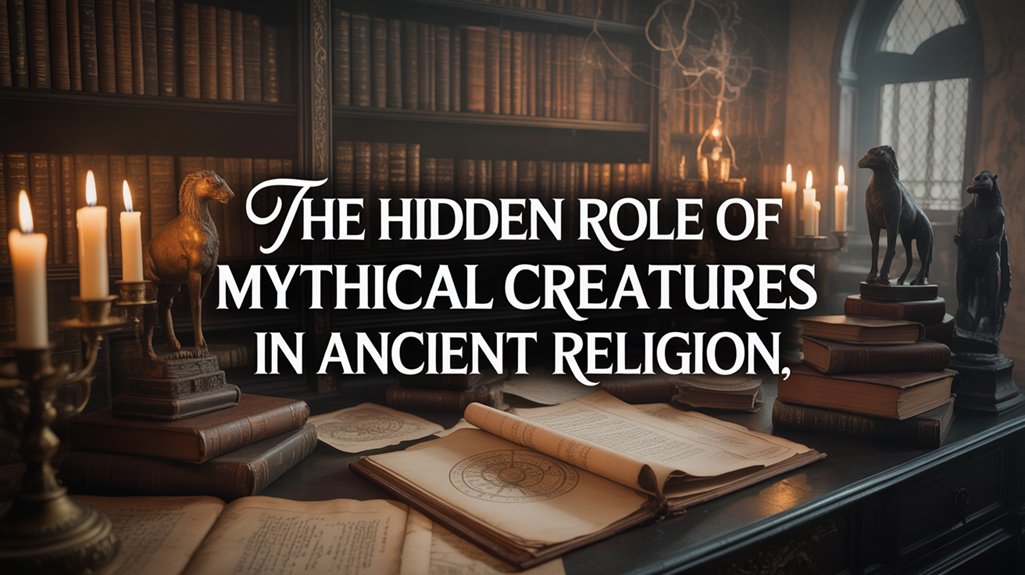Deep within the oral traditions of the Zulu people of Southern Africa lurks a creature so enigmatic that even the most learned sangomas speak of it only in hushed whispers. The Umdhlebi, whose name translates roughly to “the one who causes forgetting,” represents one of mythology’s most psychologically complex and terrifying entities—a being that feeds not on flesh or blood, but on human memory itself.
Table of Contents
ToggleThe Nature of Forgetting
Unlike the familiar vampires, werewolves, or dragons that populate Western mythology, the Umdhlebi exists in a realm between the physical and psychological. Described as a shadow-like humanoid figure with impossibly long, thin limbs that seem to bend at angles that defy anatomy, the creature appears during the liminal hours of dawn and dusk when reality itself seems most fragile. Its face, when glimpsed, is said to be a constantly shifting void that reflects not light, but the observer’s own forgotten memories.
The Umdhlebi’s most distinctive feature is its method of sustenance. Rather than hunting for physical nourishment, it stalks individuals who carry the weight of traumatic or significant memories. The creature is drawn to intense emotional imprints—the memory of a first love, the face of a deceased parent, the skills learned through years of practice, or even the traumatic recollections that haunt the mind during sleepless nights.
The Hunt for Memory
According to Zulu tradition, the Umdhlebi begins its hunt by following the “memory threads” that connect all living beings to their past experiences. These invisible strands, visible only to the creature’s otherworldly perception, glow brighter around individuals carrying particularly vivid or emotionally charged memories. The entity can detect these threads from vast distances, drawn like a moth to flame toward the richest sources of human experience.
The creature’s approach is marked by subtle environmental changes that most dismiss as natural phenomena. Shadows begin to move independently of their sources, creating impossible geometries that hurt to perceive directly. The air becomes thick with the scent of forgotten places—dusty attics, abandoned schoolrooms, or the lingering perfume of someone long dead. Most disturbing of all, observers report hearing fragments of conversations from their past, spoken in voices they can almost but not quite recognize.
The Feeding Process
When the Umdhlebi strikes, it does so through a process as elegant as it is horrifying. The creature extends its impossibly elongated fingers, which phase through physical matter like wisps of smoke, directly into the victim’s skull. Rather than causing physical pain, this intrusion creates a sensation described by survivors as “the opposite of nostalgia”—a hollow, aching absence where warmth once existed.
The feeding itself is selective and methodical. The Umdhlebi does not simply drain all memories indiscriminately. Instead, it chooses specific recollections with the precision of a surgeon, removing experiences that have shaped the victim’s core identity. A master craftsman might wake to find decades of learned skills completely absent, their hands no longer remembering the weight of familiar tools. A mother might lose all recollection of her children’s births, leaving behind only the inexplicable presence of young strangers in her home.
Most cruelly, the creature often leaves behind peripheral memories that serve as painful reminders of what has been lost. The victim retains enough fragments to know something vital is missing—they remember having children but not their faces, recall learning a profession but not its practice, or retain the emotional echo of love while losing the person who inspired it.
Cultural Significance and Symbolism
Within Zulu tradition, the Umdhlebi serves as more than merely a creature to frighten children into obedience. The entity embodies deep cultural anxieties about the preservation of knowledge, the importance of ancestral memory, and the devastating effects of cultural erasure. In a society where oral tradition forms the backbone of historical preservation, a creature that devours memory represents an existential threat to the community’s very survival.
The Umdhlebi is often invoked in discussions about the importance of storytelling and the responsibility each generation bears to preserve the wisdom of their ancestors. Elders warn that those who neglect their cultural heritage or show disrespect for traditional knowledge become particularly vulnerable to the creature’s attention, as their weak connection to ancestral memory creates gaps that the entity can exploit.
Interestingly, the myth also suggests that the Umdhlebi cannot directly feed on memories that have been shared with others. Knowledge that has been passed down through storytelling, teaching, or ritual gains a kind of communal protection that makes it invisible to the creature’s hunting senses. This aspect of the legend reinforces the paramount importance of community and collective memory in Zulu culture.
Methods of Protection and Resistance
Traditional protection against the Umdhlebi involves complex rituals designed to strengthen one’s connection to ancestral memory and community knowledge. Practitioners create intricate memory maps—detailed recountings of family histories, genealogies, and traditional stories—that serve as anchors for personal identity. These maps are often tattooed onto the skin using special inks made from plants sacred to ancestral spirits, creating a physical manifestation of memory that the creature cannot easily access.
Another protective measure involves the practice of “memory sharing,” where individuals regularly recount their most precious memories to trusted family members or friends. By creating multiple repositories for important experiences, the memory becomes distributed and therefore partially protected from the Umdhlebi’s feeding. Even if the creature drains the original memory from its source, fragments remain alive in the minds of others who heard the story.
The most powerful protection, according to tradition, comes from the practice of lucid dreaming combined with ancestral communion. Skilled practitioners learn to recognize the Umdhlebi’s approach during sleep—when humans are most vulnerable to its influence—and call upon the spirits of their ancestors for protection. These ancestral spirits, being beyond the creature’s reach, can create barriers around threatened memories or even drive the entity away entirely.
The




